Weed wax, also known as cannabis wax or marijuana wax, is a highly concentrated form of cannabis that has become increasingly popular in recent years. It is made by extracting the active compounds from the marijuana plant using solvents such as butane, CO2, or ethanol. The resulting product is a sticky, wax-like substance that is extremely potent, containing up to 90% THC (the main psychoactive component in cannabis). Weed wax can be used in a variety of ways, including vaporizing, dabbing, or adding it to edibles. While it is often associated with recreational use, some medical marijuana patients also use it for its therapeutic benefits.
In this article, we will explore the properties of weed wax, how it is made, its potential benefits and risks, and the different ways it can be used.
What is Cannabis Wax?
Cannabis wax, also known as weed wax or marijuana wax, is a weed concentrate that is made by extracting active compounds from the marijuana plant. The extraction process involves the use of solvents such as butane, CO2, or ethanol to strip away the plant material and leave behind a sticky, wax-like substance that is extremely potent.
Cannabis wax can contain up to 90% THC, the main psychoactive component in cannabis, making it one of the most potent forms of cannabis available. Due to its high concentration of THC, it can produce a powerful and intense high when used.
There are different types of cannabis wax, including shatter, crumble, and budder, each with its own unique texture and consistency. Shatter, for example, is a hard, brittle wax that can break like glass, while crumble is a softer, crumbly wax that is easier to handle.
Cannabis wax can be used in a variety of ways, including vaporizing, dabbing, or adding it to edibles. While it is often associated with recreational use, some medical marijuana patients use it for its therapeutic benefits, as it can provide quick and long-lasting relief for conditions such as chronic pain, anxiety, and insomnia.
It is important to note that cannabis wax can be extremely potent, and should be used with caution, especially for those new to cannabis or with low tolerance levels. Additionally, the extraction process can be dangerous if not done properly, as the solvents used can be flammable and explosive. It is recommended that individuals only purchase cannabis wax from licensed dispensaries or producers to ensure its safety and quality.
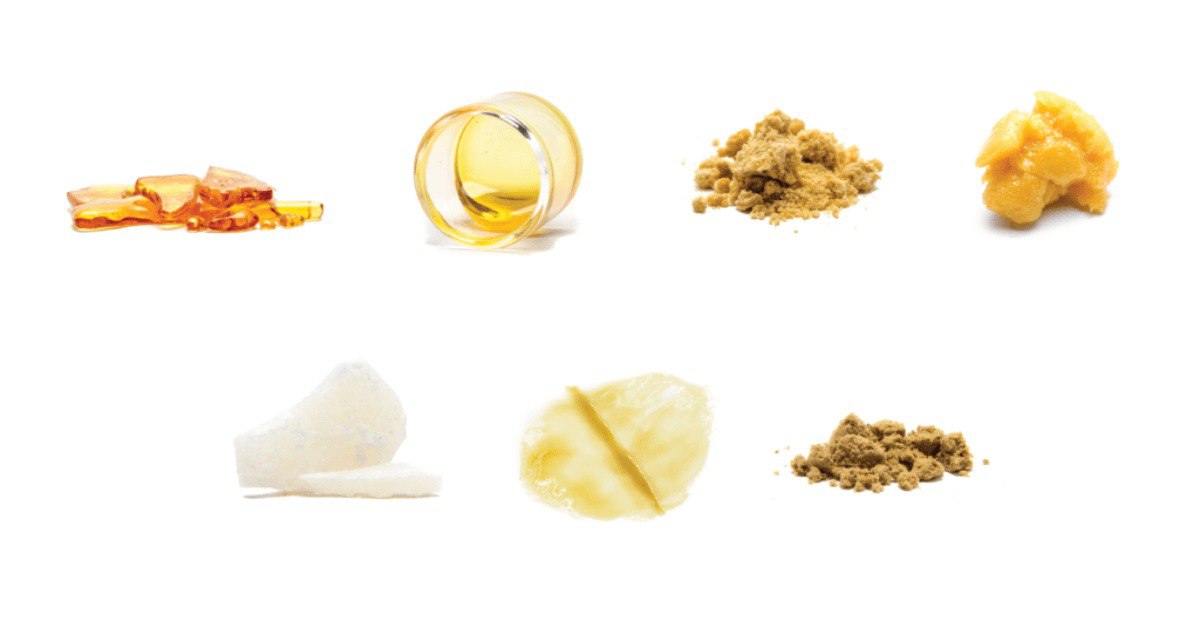
Different Types of Weed Wax Products
There are several different types of weed wax products available on the market, each with its own unique texture, consistency, and properties.
Here are some of the most common types of weed wax:
- Shatter: Shatter is a hard, translucent wax that can be easily broken or “shattered” into pieces. It is known for its high potency and can contain up to 90% THC.
- Budder: Budder is a softer, more pliable wax that is easier to handle than shatter. It has a creamy texture and can range in colour from yellow to dark brown.
- Crumble: Crumble is a dry, crumbly wax that is easy to break apart. It has a texture similar to feta cheese and can range in colour from light to dark brown.
- Live Resin: Live resin is a type of cannabis wax that is made using freshly harvested, frozen cannabis plants. It is known for its strong flavour and aroma, as well as its high terpene content.
- Terp Sauce: Sauce is a type of weed wax that is made by separating terpenes and cannabinoids from the cannabis plant. It has a liquid consistency and can contain high levels of THC and other cannabinoids.
- Rosin: Rosin is a type of cannabis wax that is made without the use of solvents. Instead, it is made by applying heat and pressure to cannabis buds or hash, which causes the resin to ooze out and form a sticky wax.
It’s important to note that the potency and effects of each type of weed wax can vary depending on factors such as the strain of cannabis used, the extraction method, and the quality of the product. Additionally, using weed wax can be extremely potent and should be approached with caution, especially for those new to cannabis or with low tolerance levels.
How is Weed Wax Made?
Weed wax is typically made through a process known as extraction, which involves using solvents to strip the active compounds from the cannabis plant.
Here’s a general overview of how weed wax is made:
- Choose a solvent: The first step in making weed wax is to choose a solvent that will be used to extract the active compounds from the cannabis plant. Common solvents include butane, CO2, and ethanol.
- Extract the active compounds: Once a solvent has been chosen, the cannabis plant material is packed into a tube or vessel and the solvent is run through it. This process dissolves the active compounds, such as THC and CBD, and separates them from the plant material.
- Purge the solvent: After the active compounds have been extracted, the next step is to purge the solvent from the mixture. This is typically done by heating the mixture to evaporate the solvent, leaving behind a concentrated cannabis extract.
- Refine the extract: The resulting extract may be further refined to create a more pure and potent product. This can involve processes such as winterization, which removes unwanted plant waxes and lipids, or distillation, which separates the individual compounds in the extract.
- Create the wax: The final step in making weed wax is to create the wax itself. This is typically done by whipping the extract at a low temperature, which causes it to thicken and take on a wax-like consistency. The resulting wax can then be packaged and sold.
It’s important to note that making weed wax can be dangerous if not done properly, as the solvents used can be flammable and explosive. It’s recommended that only trained professionals with proper equipment and safety protocols attempt to make weed wax. Additionally, purchasing weed wax from licensed dispensaries or producers can help ensure its safety and quality.
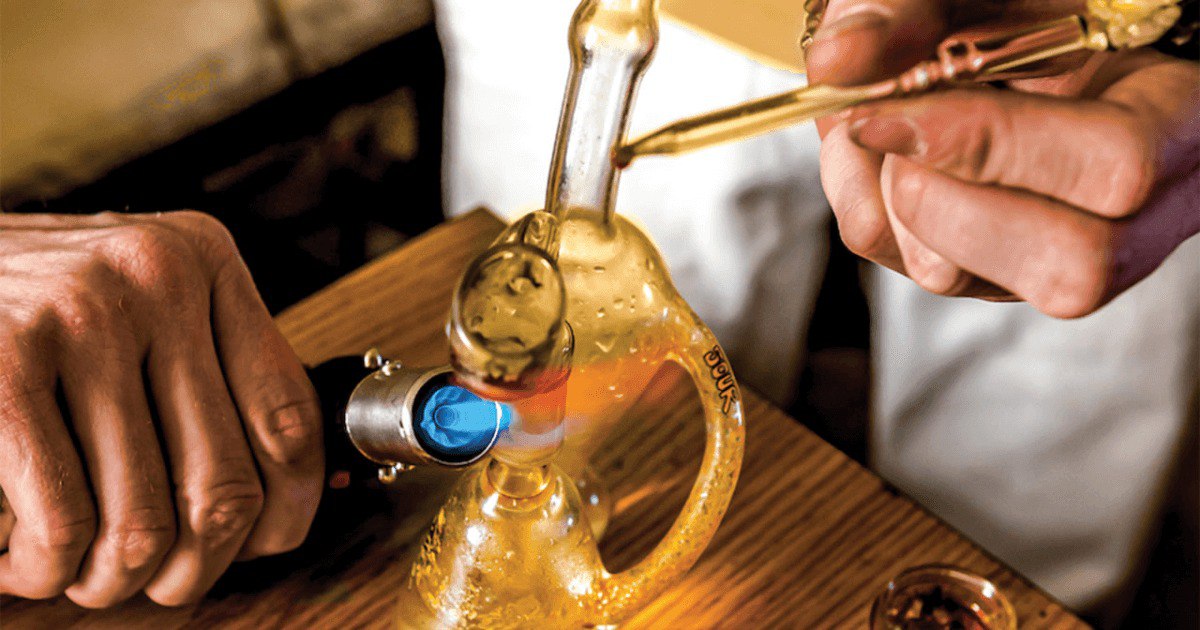
How to Take Cannabis Wax?
Cannabis wax can be consumed in several ways, including vaporizing, dabbing, or adding it to edibles.
Here’s a brief overview of each method:
- Vaporizing: Vaporizing involves heating the wax to a temperature that causes it to vaporize, releasing its active compounds. This can be done using a vaporizer pen, which is a small, portable device that heats the wax and creates a vapour that can be inhaled.
- Dabbing: Dabbing involves heating a small amount of wax on a hot surface, such as a nail or banger, and inhaling the vapour that is produced. Dabbing requires a specialized dab rig, which includes a water pipe, a heating element, and a nail or banger.
- Adding to edibles: Cannabis wax can also be added to weed edibles, such as brownies, cookies, or gummies, to create potent and long-lasting effects. The wax should be decarboxylated before adding it to the edible to activate the THC and make it more bioavailable.
It’s important to note that cannabis wax can be extremely potent, and should be used with caution, especially for those new to cannabis or with low tolerance levels. It’s also recommended to start with a small amount and gradually increase the dosage as needed. Additionally, using high-quality equipment and consuming cannabis wax in a safe and responsible manner can help prevent accidents or adverse effects.
Where to Buy Weed Wax Online in Canada?
In Canada, the purchase and use of cannabis products, including weed wax, is legal for adults aged 19 years and older in most provinces and territories.
Licensed cannabis retailers, online stores, and same-day weed delivery are the only legal sources to purchase cannabis products, including weed wax, in Canada. Some popular online cannabis retailers in Canada include Weed List and WeedSmart. These websites offer a wide range of cannabis products, including different types of weed wax, and provide detailed information about each product, such as THC and CBD content, strain information, and usage recommendations.
Before making a purchase, it’s important to research the laws and regulations surrounding cannabis in your province or territory, as well as the specific product you are interested in. It’s also recommended to purchase cannabis products from licensed and reputable sources to ensure their safety and quality.
References
Langman, L. J. (2020). Cannabinoid. Science Direct. Available at: https://www.sciencedirect.com/topics/medicine-and-dentistry/cannabinoid
Cannabis Ontario. (2023, June 3). Find the best cannabis delivery services in Ontario. Available at: https://cannabisontario.net/deliveries/
De Pietro, M. (2020, July 21). Medical Marijuana. Healthline. Available at: https://www.healthline.com/health/medical-marijuana/benefits-of-marijuana
WeedSmart. (2023, June 3). Canada’s Best Marijuana Concentrates. Available at: https://weedsmart.cc/product-category/cannabis-concentrates/

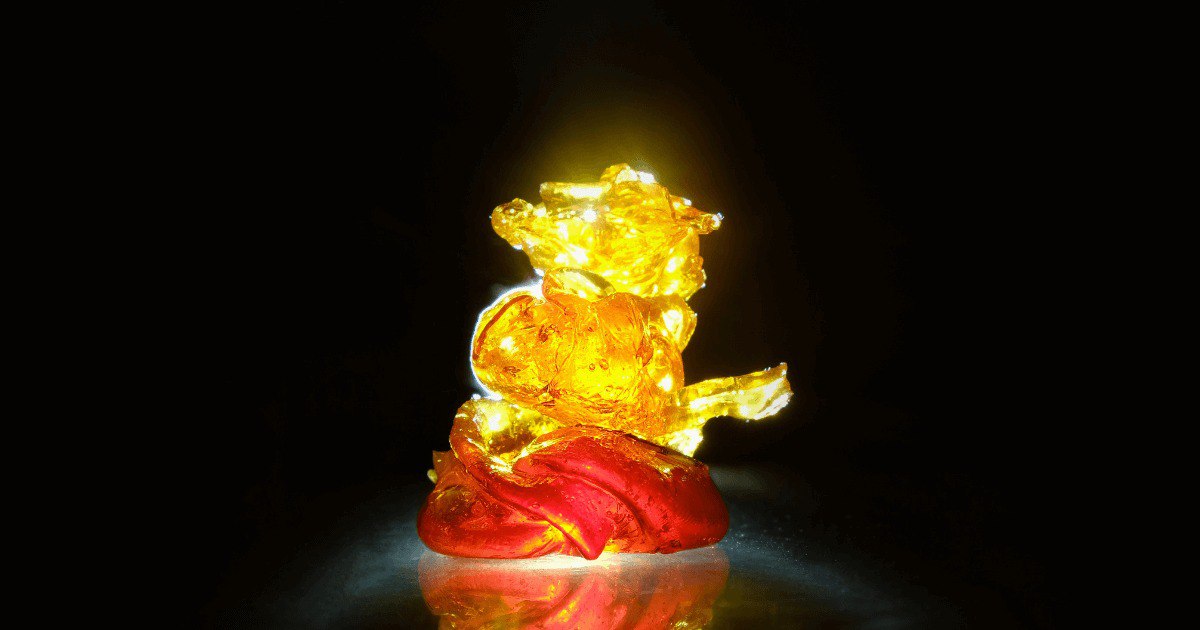
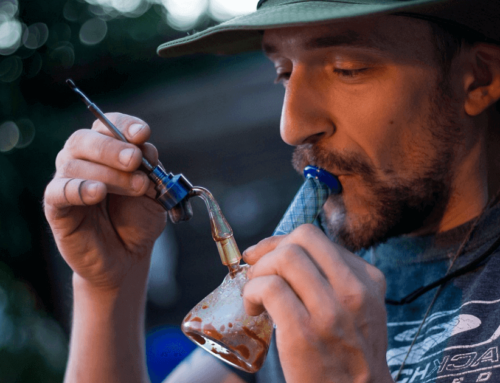
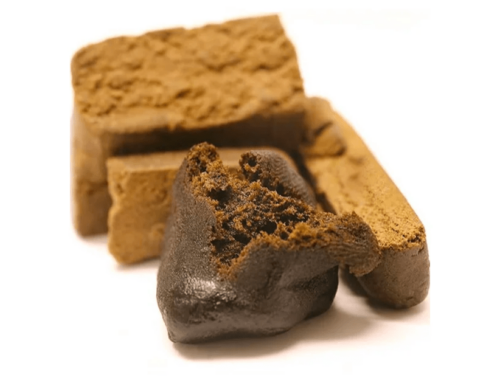
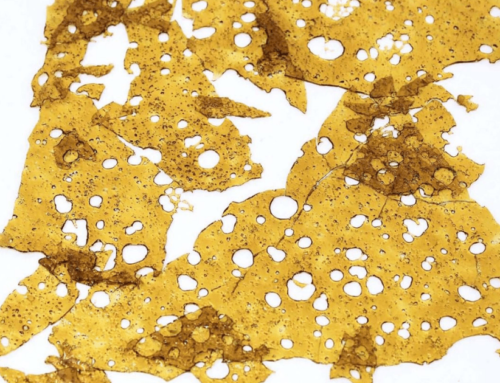
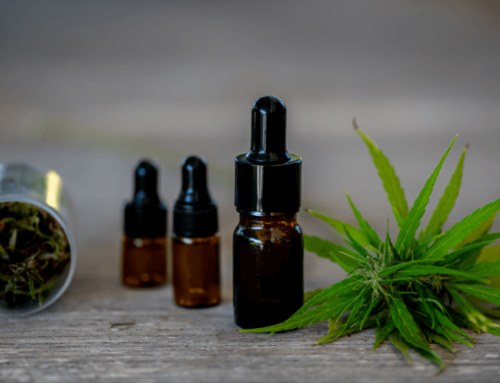
Leave A Comment